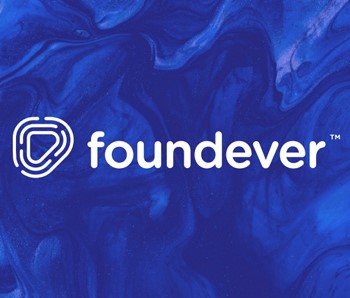Most people don’t realize it, but a brand name is a complicated piece of marketing and communication. In addition to any inherent meaning of the word and relevance to the product, names almost always have unique tonalities and personalities, and can take myriad forms, such as descriptive, suggestive, abstract, composite, real word and coined. Of course they also evoke secondary associations based on personal experiences and relationships with the brands they represent.
For that reason, it’s really important when conducting a name review that you evaluate the name using as many different measurements as possible.
This week we’re looking at Amazon’s new Kindle, called the Paperwhite.
Frankly, I didn’t recall that a paperwhite is a type of Mediterranean plant with white flowers, and is supposedly very fragrant. My wife reminded me of that. It looks a bit like a lily, but it’s actually part of the Narcissus genus, which includes daffodils. Its scientific name is Narcissus Papyraceus, from “papyrus” and “aceus” meaning “paper-like”.
The Paperwhite is Amazon’s new e-reader and sports a higher-resolution touchscreen than previous Kindles and a built-in light. Based on the reviews (and Amazon’s humble testimony), the device delivers super-clear, crisp text and images with no glare. This is important because it speaks to the relevance of the name for the product.
Since they first started to really take off some 5+ years ago, one of the biggest issues with e-readers has been the crispness of the text and the inability of the manufacturers to truly reproduce the reading experience delivered by the printed form. They keep getting closer, but if you consume your reading digitally you know they’re still not quite there.
Until now?
While the Paperwhite may be more advanced on numerous levels (e.g., cool lighting system, excellent and adjustable font styles and sizes, ridiculously thin and light form factor etc.) it’s really the comparison to paper and the printed form that’s highlighted in the name, and I like that.
Very directly, Amazon is suggesting that this device and the reading experience it delivers, is reminiscent of print. Ordinarily, you wouldn’t want to draw a comparison to an outdated technology or medium (such as paper). But in this case, it makes sense, and it’s desirable. The comparison is smart because it addresses perhaps the biggest concern or gripe that consumers have always had with these devices: namely, that they’re still not paper-like in their crispness and clarity.
In thinking about construction for a moment, while I immediately found the name somewhat awkward to say (my mind was being pulled to “white paper”, which is probably more commonly known than the paperwhite plant), the sense of inversion is kind of interesting, and it stuck with me. The backwardness of it created a hook in my brain that made it easy for me to recall after I had turned my attention from the name for a period of time.
The incorporation of the word “white” is also appealing and appropriate. While it may reinforce the “crisp” message delivered by “paper” (I get associations with crisp white linens myself), its primary function seems to be to support other product features, such as the innovative built-in lighting system, which according to Amazon, “guides light towards the display from above instead of projecting it out at your eyes like back-lit displays”. The word “white” really implies brightness, which speaks to light and provides a springboard for communication about that innovation.
Does it matter that the name is also the name of a plant? Well, not really, since the associations that most people will get are with the previously mentioned crispness and light. Like me, I think the literal meaning of the word will be lost on many people. But does it hurt that it has that literal meaning? Certainly not. Of course, the associations with a beautiful, white flowering plant can only be positive, especially in the context of an attractive and delicate device such as the Paperwhite.
How about the personality or tonality the name conveys? It’s a little trickier to categorize than a name like Kindle Fire (which, naturally, projects an energetic, exciting, and, well, fiery personality). For me, I suppose the Paperwhite tonality is more elegant, more refined, more sophisticated. I’m not sure if I’m drawing these associations because I now know what a Paperwhite plant/flower is, but in any case they feel appropriate given the look and feel of the device, which is slim, stylish, and on the more delicate side.
In terms of distinctiveness, well, it’s pretty darn distinctive, ain’t it?! I suspect there’s nothing quite like it in this space (or most other spaces?), and it’s a very protectable, proprietary name. Of course the more distinctive you can be from a marketing and trademark perspective, the better.
Overall, I think Amazon did well with the Paperwhite name. I think it’s likely to invite some criticism (because all unusual names tend to), but I think it’s another strong sub-brand to the Kindle line of product names.





